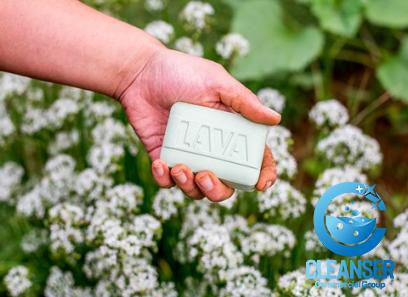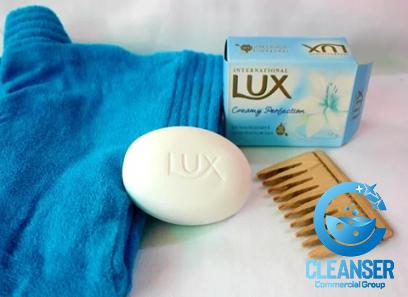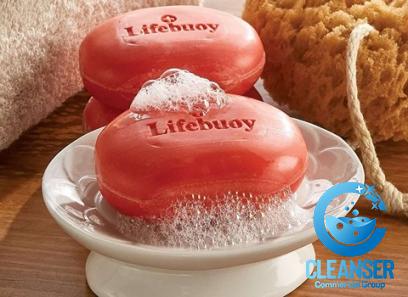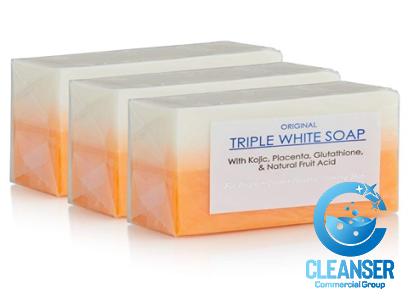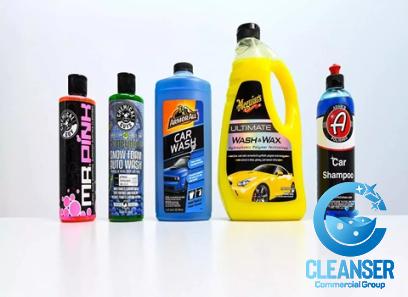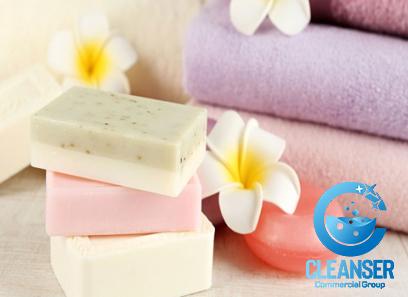Non Ionic Detergent ( Non-ionic )
Non ionic detergents are used in different types of products such as laundry detergent, dishwasher detergent and hard surface cleaners
Non ionic surfactants are not ionic and do not produce ions when they dissolve in water
They function by decreasing the water’s surface tension and provide the basis of fabric softeners
In general, they have long (50–300) primary carbon chain lengths and 1-22 secondary carbon chain lengths and these preferences can be manipulated by functional groups on the end of their molecule
Detergents are made of many different types of molecules and some Non ionic detergents are based on ethylcellulose or hydrolysis products which contain collagen or improve the properties of detergent in other ways

Detergent
They are incorporated with other compounds such as surfactants to make emulsifying agents and foaming agents
They can work well in household washing machines, hard surface cleaners, shampoos and for hand dishwashing
The main features of the main types of NonIonic detergents are: Nonionic surfactants also referred as non ionic detergent or non ionically-active detergents, are used in cleaning processes in household products
Title
Description
Work Well in
Washing Machines, Hard Surface Cleaners, Shampoos And Dishwashing
Speriority
Clean Without Damaging
Effective To
Remove Grease and Soil From Machine Parts
Function
Enhance the Cleaning Power of Water
The main reason for using this type of detergent is to clean without damaging or removing the natural oils found on skin, hair and clothes
Instead they enhance the cleaning power of water by making it more efficient at removing stains and dirt from fabric surfaces
Using this type of detergent keeps other materials from being harmed by harsh chemical components found in common commercial liquid laundry detergents
In commercial washing of textiles, nonionic detergent is used as a part of the pre-treatment process for removing compounds in dye lots before discharge at the laundering plant
With this type of detergent, it can be effective to remove grease and soil from machine parts that are submerged in water
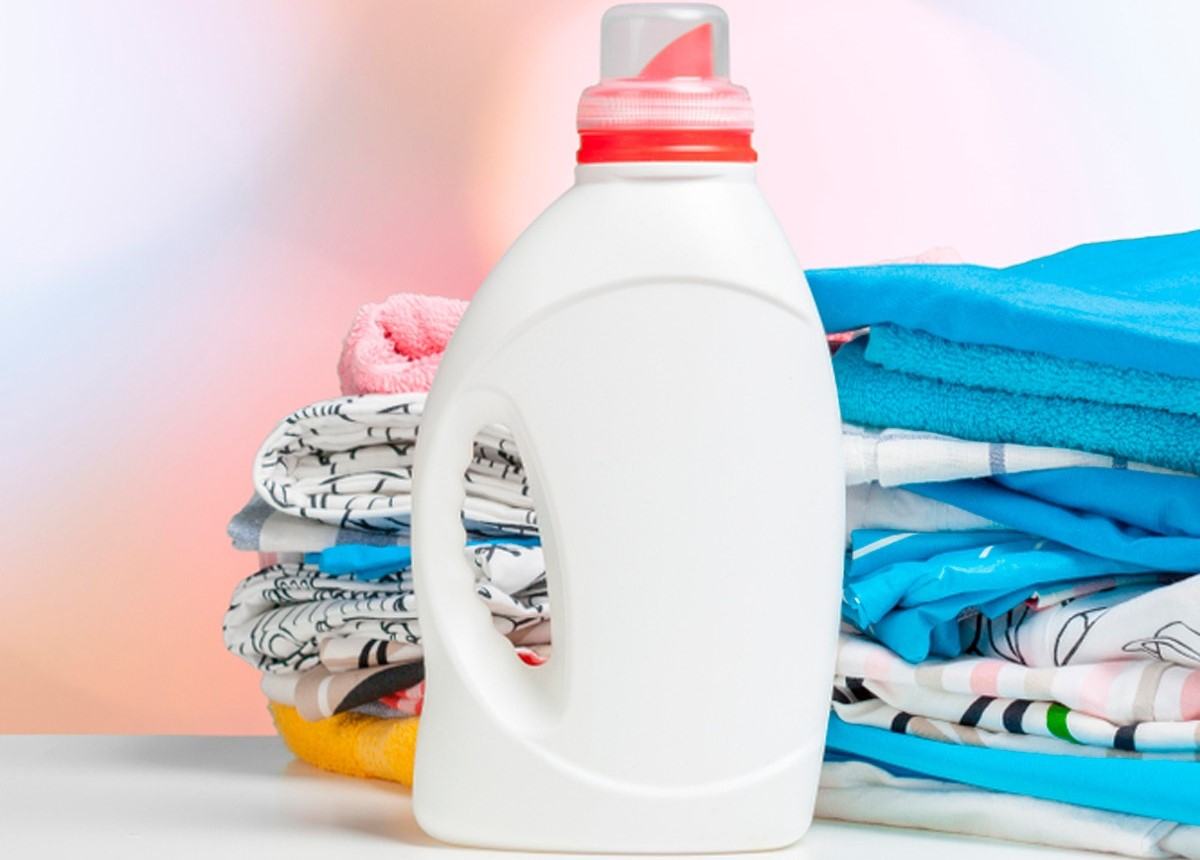
Dishwashing Liquid Detergent
Zwitterionic Detergent Examples
Zwitterionic detergents are a type of surfactant that is a bi-functional molecule
It has both anionic and cationic functional groups
Since zwitterionic detergents are amphiphilic, they can have multiple different structures in solution
The exact structure varies based on the pH of the solution and the concentration of salt ions
Some examples of zwitterionic detergents are shown below
1) Betaine: This is a type of zwitterionic detergent that is commonly found in shampoos and soaps because it is able to remove dirt from hair and skin without damaging them or leaving residue behind
2) Cocamidopropyl betaine: This is a type of zwitterionic surfactant that is commonly found in shampoos and soaps because it is able to remove dirt from hair and skin without damaging them or leaving residue behind
3) Ethoxylated amides: This is a type of zwitterionic detergent that is commonly found in shampoos and soaps because it is able to remove dirt from hair and skin without damaging them or leaving residue behind
4) Ceteth-3: This is a type of zwitterionic detergent powder that is commonly found in shampoos, soaps, and bubble baths because this detergent can help keep the skin hydrated by removing dirt from the deeper layers of skin
5) Sodium lauryl sulfate: This is a type of zwitterionic detergent that is commonly found in soaps and shampoos because it prevents lather and keeps the skin soft
6) Lecithin: This is a type of zwitterionic detergent that is commonly found in soaps and shampoos because it helps make the soap or shampoo lather up by helping to hold water together
7) Cocamidopropyl hydroxysultaine: This is a type of zwitterionic surfactant that is used to make soaps and shampoos become softer and less drying
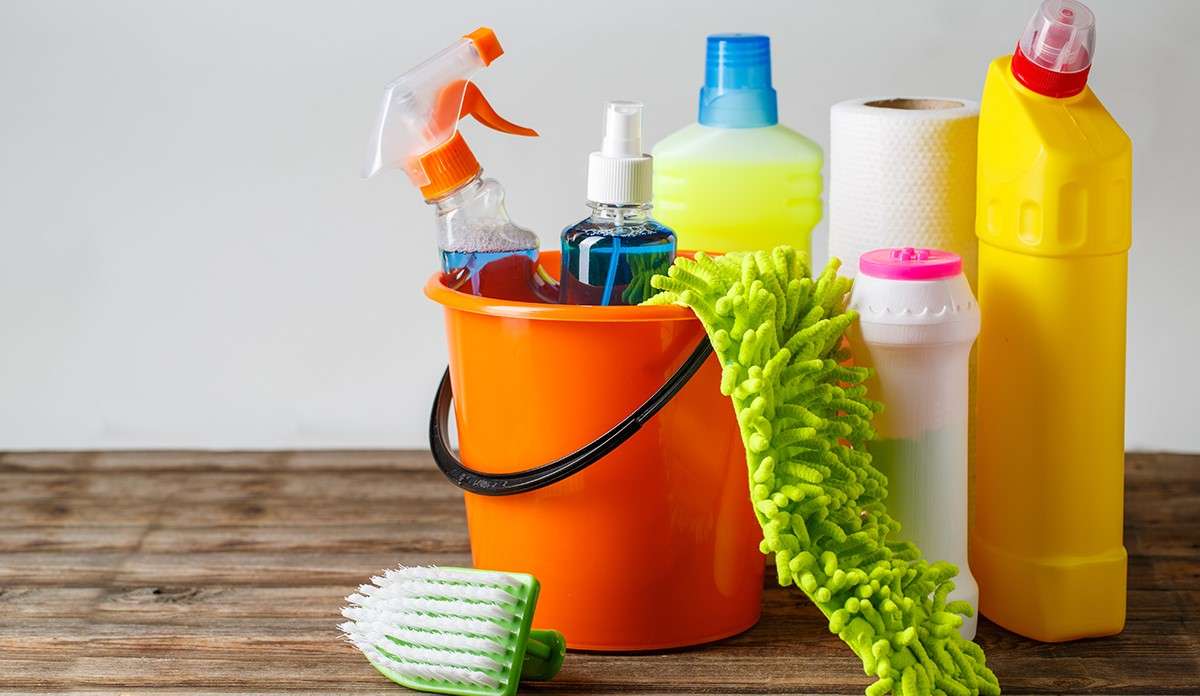
Liquid laundry detergent
Non Ionic Detergent Brands
The non ionic detergent brands are a new types of detergent that is not formulated with the use of an ion
The brands are mild and gentle on the clothes
Non ionic detergents are more expensive than the traditional ones, but they do not contain any Ingredients that can irritate or allergize the skin
They also don’t have any fragrances, which makes them more environmentally friendly because they do not pollute the air
The non ionic detergent brands offer a variety of products, such as laundry detergents, dish-washing liquids and fabric softeners
They come in different scents too and their prices vary depending on where you buy them from
Some of the most popular non ionic detergent brands are listed below: Aquafresh Aquafresh is an Italian brand of detergents
It was founded in 1967 by Procter and Gamble Company in Italy
Aquafresh products are sold in the UK, Ireland, France, the Netherlands, Portugal and Luxembourg
Its laundry detergents contain natural ingredients that clean delicates without causing any damage to them
They also have no fragrances or dyes that may cause allergies to some people
The scents come from essential oils like lavender and lemon grass
The detergents come in two pack sizes, which are 355ml and 363ml
The difference between the two-pack sizes is the size of the cap that you can control how much detergent you are using
Ecover Ecover is a brand of non ionic detergents that was founded in Europe in 1986
It was first introduced to the US market in 2003 by Procter and Gamble Company
The different varieties sold by Ecover are all gentle on the clothes and they have no fragrances or dyes that may cause allergies to some people
The scents come from essential oils like lavender, drought grass, geranium, niaouli and citronella
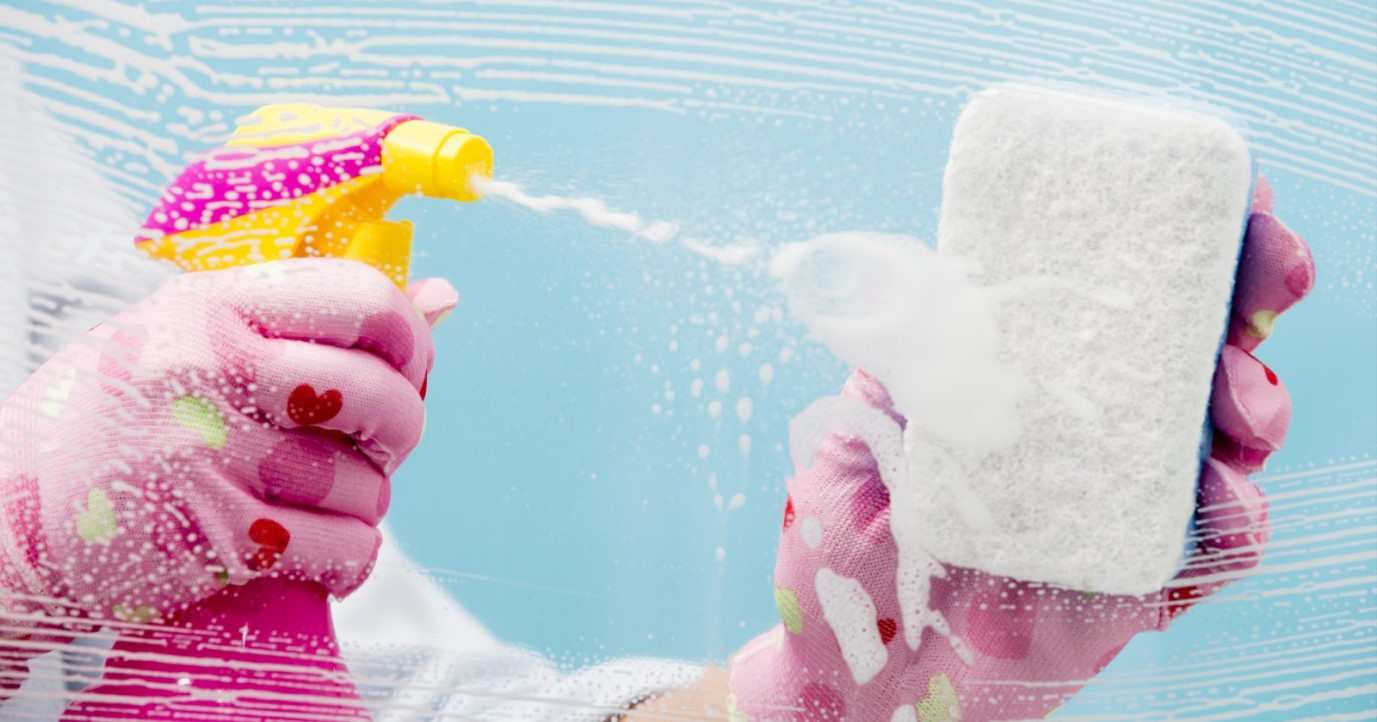
Laundry tide liquid
Is Tide a Non Ionic Detergent
Tide is a non ionic detergent
It is a laundry detergent powder that is designed to remove dirt and stains from clothes
It has been in production since 1946 and it has been the most popular detergent in the United States for over 40 years
Tide also has different variations including Tide Free, Tide Plus Febreze, Tide Original Scent, and more
Tide receives the best ratings from consumers and it is sold in most grocery stores in the United States
It is also sold in over 25 other countries worldwide, including Canada, Australia, Norway, and New Zealand
Tide was invented by C
E
Stearns (also known as Charles E
Stearns) and his wife Florence S
Stearns (née Normandin) for the North American Fairway Company in 1946 (commonly dated by industry to be 1946)
Tide was created as a competitor to Surfas, a detergent that was developed by a group of women while they were working at The Peerless Mfg
Co
, which later changed its name to Peerless Bleachery Co
when it was bought by the J
M
Huber Corporation
According to Tide, the original Tide formula was kept a secret, and is said to have been written on three sheets of paper that were sealed in a time capsule which is located at the Tide Headquarters in Port Washington, New York
Tide was first manufactured in Port Washington, New York and was marketed under the name “Tide Laundry Detergent”
The detergent became extremely popular during its initial release due to its ability to clean greasy or oily stains better than other detergents of the time period and mix well with hard water

Amphoteric Detergents
Amphoteric detergents are a type of detergent that can be used in both hard and soft water
They are also called “dual-action” detergents because they can clean in both acidic and alkaline conditions
In the past, there was not a lot of need for amphoteric detergents because most water was hard
Nowadays, many people live in areas with soft water and their clothes need to be washed with an amphoteric detergent and softener
So, what is the difference between an amphoteric detergent and a regular detergent?
The main difference between an amphoteric and a regular detergent is that with the latter you can use it only in hard water
With an amphoteric detergent you can use it in regular water as well
The reason for this is that an amphoteric detergent has an acidic agent, which will work at very low temperatures
The alkali agent, on the other hand, works at much higher temperatures
For example, sodium carbonate (washing soda) will work at about 44°C whereas sodium hydroxide or cuprous chloride or sodium hydrosulfite will work at about 40°C
Their physicochemical properties are also different
For example, sodium carbonate is amphoteric and has a neutral pH whereas the hydrous sodium hypochlorite (bleach) is amphoteric and has a pH of 11
4
Another important difference between the two types of detergents is that an amphoteric detergent does not cause any foaming at high temperatures
One reason for this is that there are no ions, so it does not produce bubbles since a bubble is a gas trapped in liquid
Another reason is that if the pH of an amphoteric detergent is above 12, it will still work at high temperatures
As stated previously, there are two varieties of amphoteric detergents
The first type is sodium carbonate, which is commonly called washing soda

Amphoteric Surfactant Shampoo
Amphoteric surfactants are used in shampoos and other personal care products
They are not as harsh as anionic surfactants and not as harsh as cationic surfactants
This means they can be used on people with sensitive skin, but they can also clean your hair well
Amphoteric surfactants have a lot of different names, depending on the product
For example, ‘amphopropylbetaine’ is an amphoteric surfactant that’s used in shampoo
The word amphoteric comes from the Greek language meaning “both”, and it was used because these surfactants are both anionic and cationic
Amphoteric surfactants are also called ‘non-ionic surfactants’ or ‘ionic-neutral derivatives’
Amphoteric surfactants can be classified by how they work
There are: mild, moderate or strong amphoteric surfactants
They can be used for conditioning, cleaning or coloration purposes
There are many amphoteric surfactants on the market, and you’ll see different trade names for some of them on the packaging
In this article, we’ll go over what mild, moderate, and strong amphoteric surfactants are
What is a mild amphoteric surfactant?
A mild amphoteric surfactant is a non-protein based amphoteric surfactant that does not have any glycoside groups
This means it can’t form a gel with water at certain temperatures and there’s no chance of it caking up in hair products
This is because there’s no way to attach glycosides to it
This type of amphoteric surfactant will work well in conditioning hair products and can be used with or without anionic or cationic surfactants
Mild amphoteric surfactants are used in shampoos, conditioners, hair sprays, and other hair products
Moderate amphoteric surfactant: A moderate amphoteric surfactant is a non-protein based amphoteric surfactant that has some glycoside groups on it
This means it can form a gel with water at certain temperatures and there’s some chance of it caking up in hair products
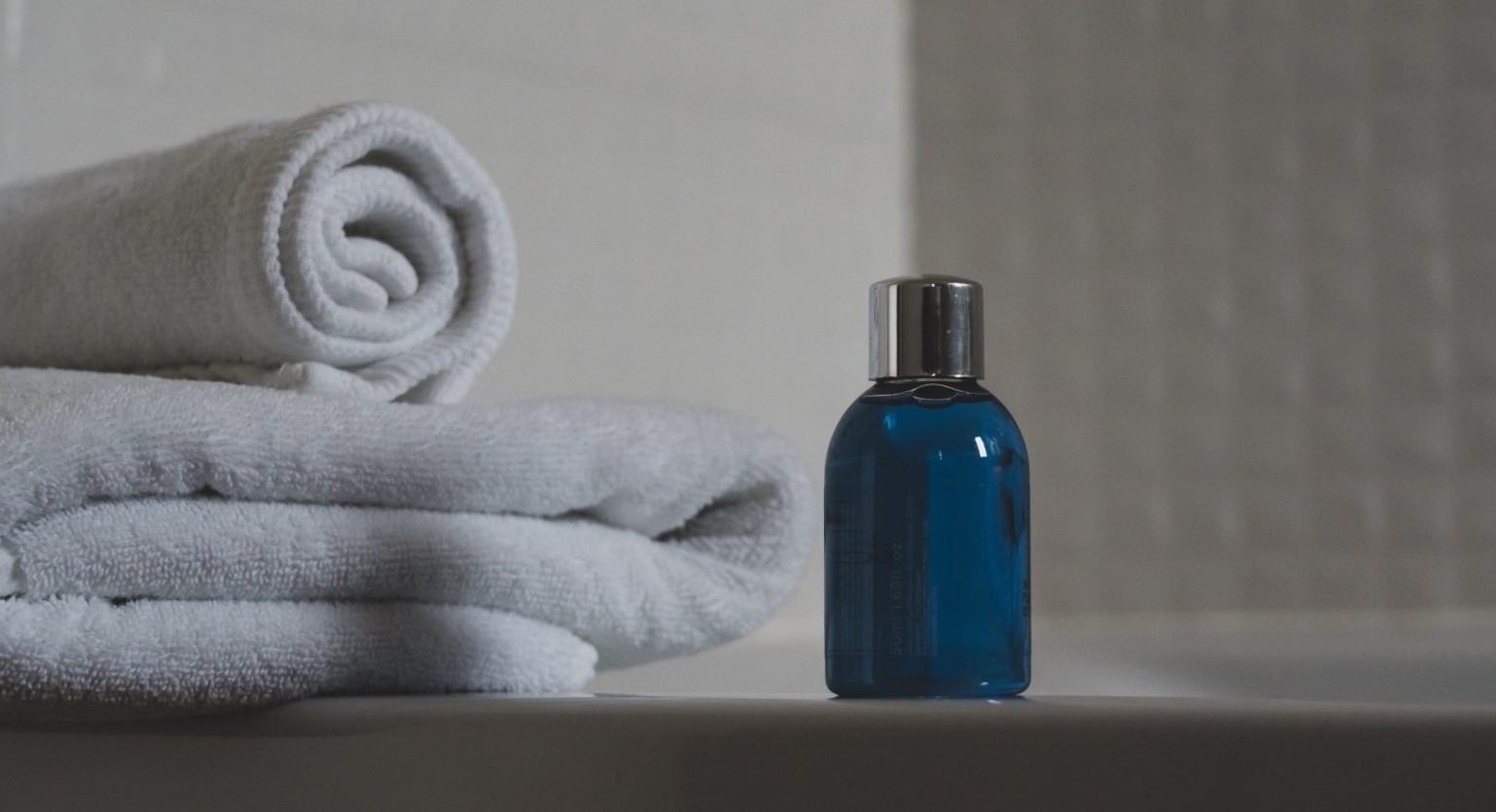
Lecithin Amphoteric Surfactant
Lecithin amphoteric surfactant is a type of amphoteric surfactant, which is a surface-active agent that has both hydrophilic and lipophilic groups
Lecithin is an emulsifier, which implies that it helps keep two things that don’t want to mix together together
It’s also used in foods as a thickener or emulsifier and in skin care products as an emollient
The lecithin amphoteric surfactant can be found in many personal care products including shampoos, soaps, lotions and creams
Lecithin amphoteric surfactant is created through a chemical reaction that uses the unmodified lecithin and a fatty acid, ethoxylated fatty acid, or fatty amide
The fatty acid is mixed with an oil to create the lecithin amphoteric surfactants
The lecithin amphoteric surfactant is typically made through an artificial chemical process and are not produced by fish or plants
Leecithin amphoteric surfactant can be found in products for the lips, face, body and hands
In addition to lecithin amphoteric surfactant, the cosmetic product contains ingredients that are not expected to be inhaled
The ingredient list may have a long list of ingredients but do some research on your own before applying any product to your skin since it is usually possible to find alternative products that you can try that aren’t going to cause any harmful effects
The first ingredient is sodium lauryl sulfate
Some concern has been raised over the use of sodium lauryl sulfate in cosmetics because it is a synthetic detergent and has been linked with skin irritations
However, most cosmetic companies have phase out this ingredient because it causes major skin irritation
However, you should always consult your doctor before using any personal care products or cosmetics especially if you are allergic to any common ingredients in the product
Isopropyl myristate is another substance you may find in cosmetics
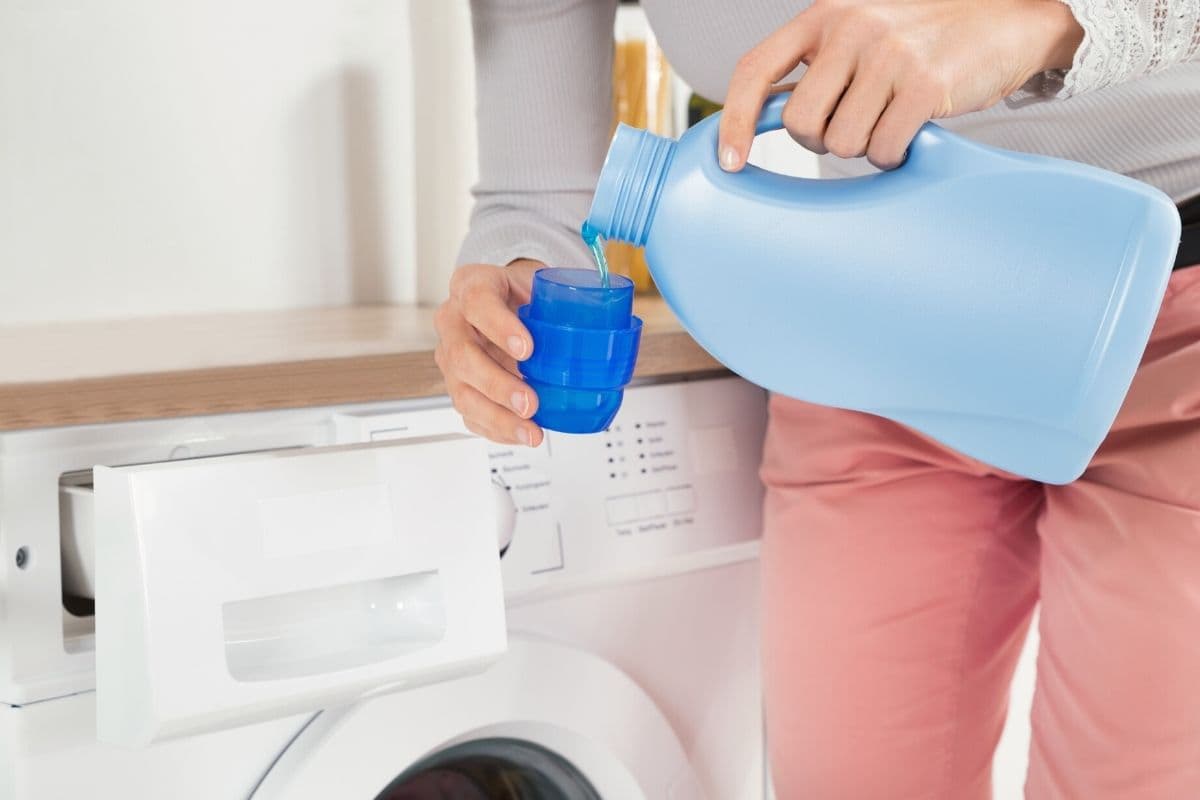
The Answer to Two Questions About Non Ionic Detergent
1: What is the reso to use Non Ionic Detergent?
The main reason for using this type of detergent is to clean without damaging or removing the natural oils found on skin, hair and clothes
2: What is Non Ionic Detergent?
Non-ionic detergents contain molecules with head groups that are uncharged
